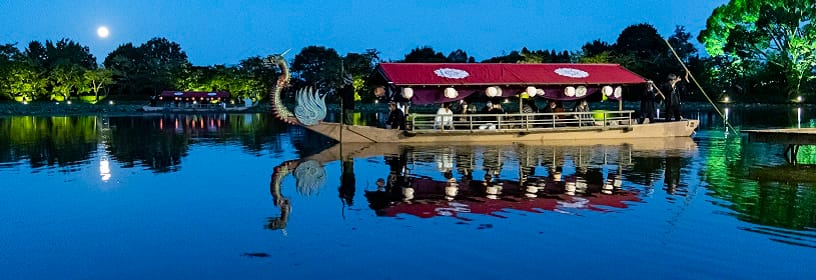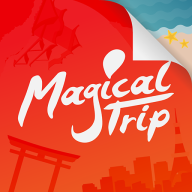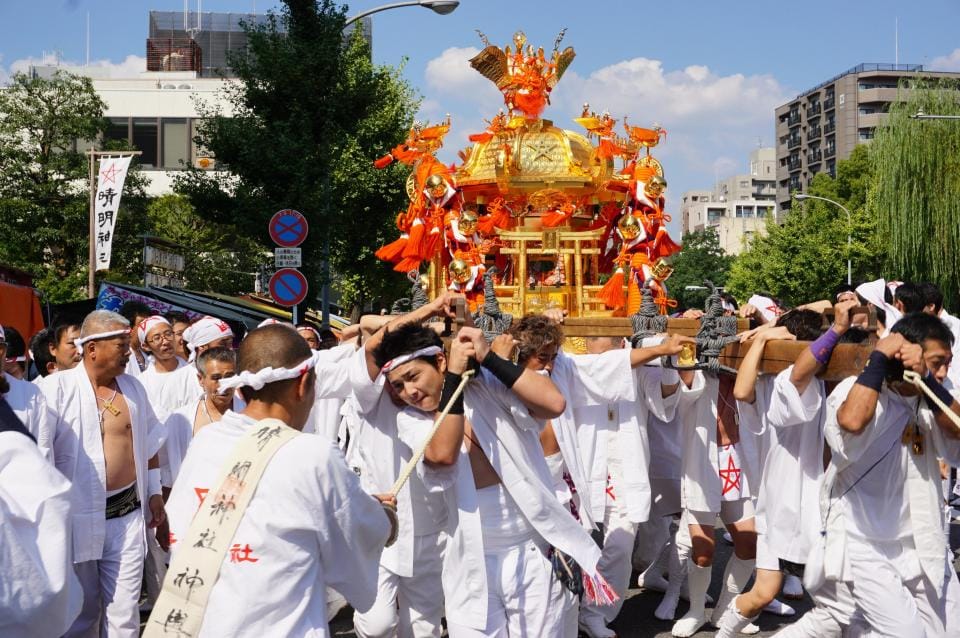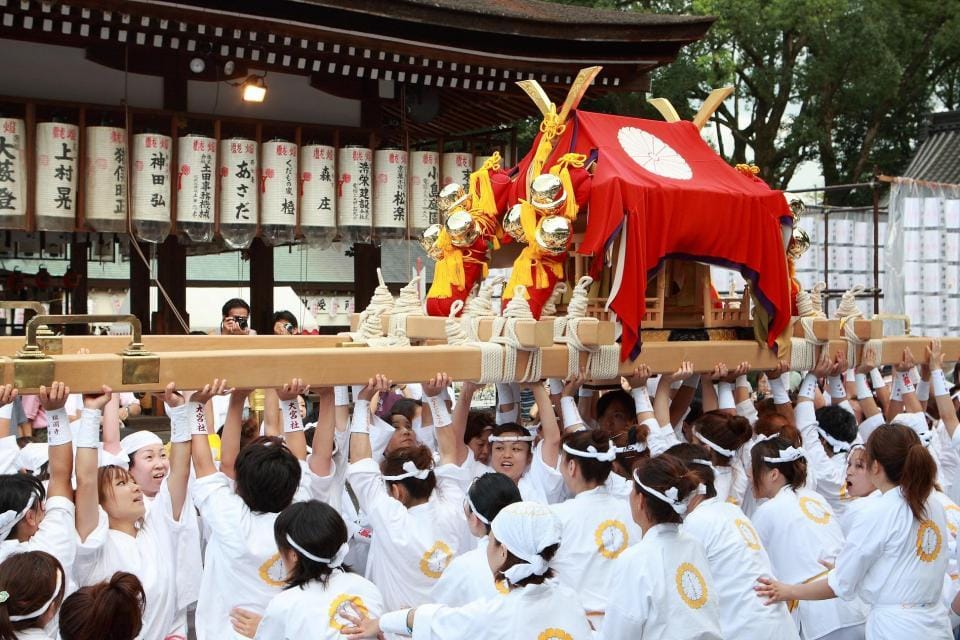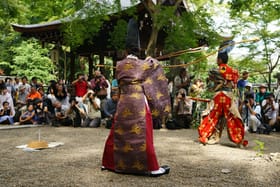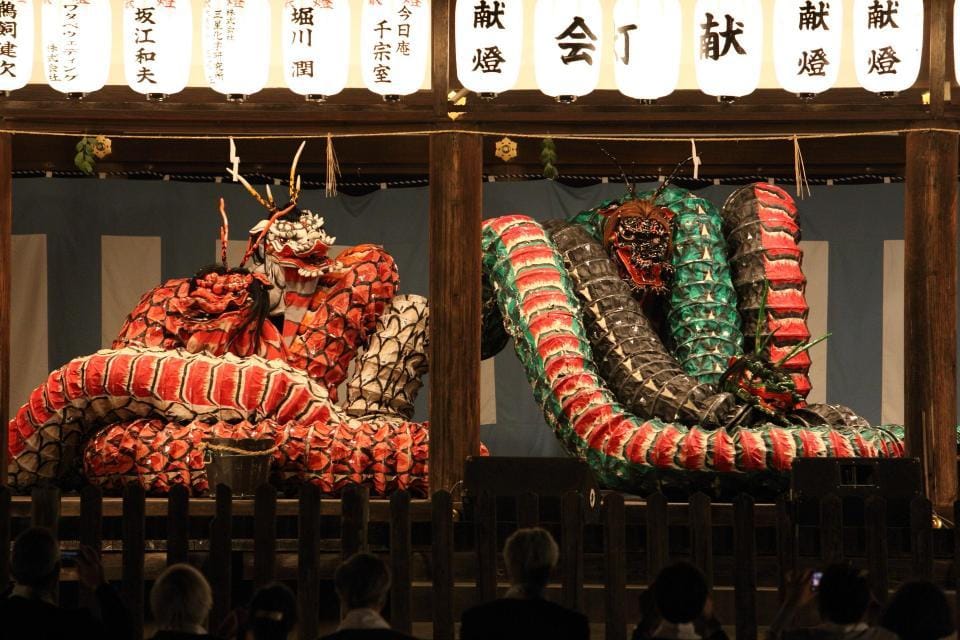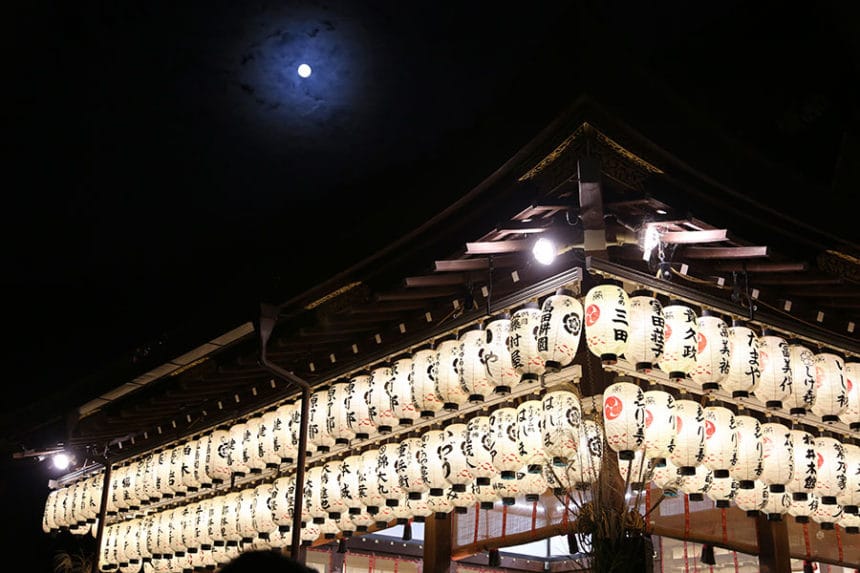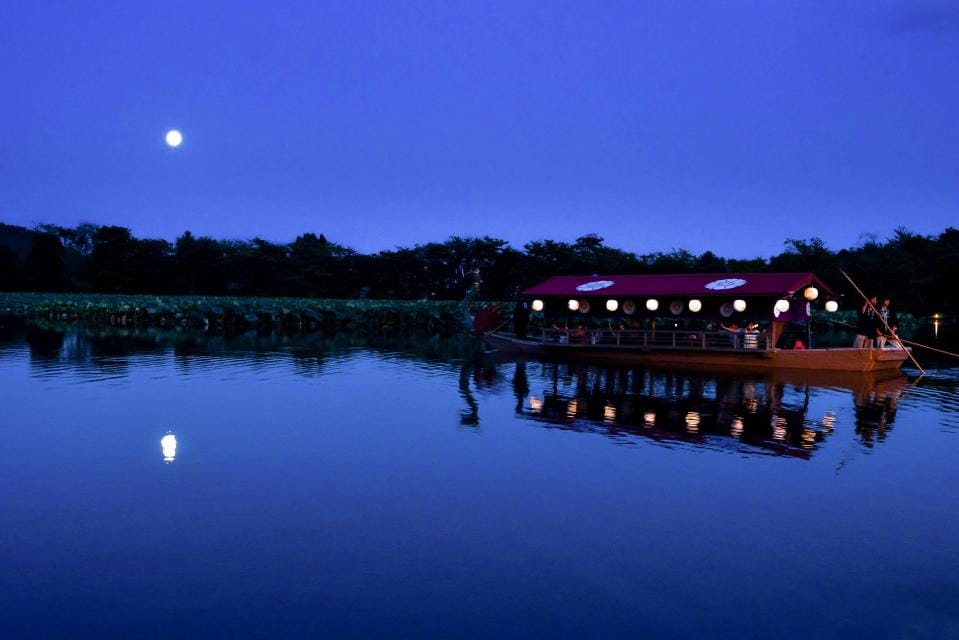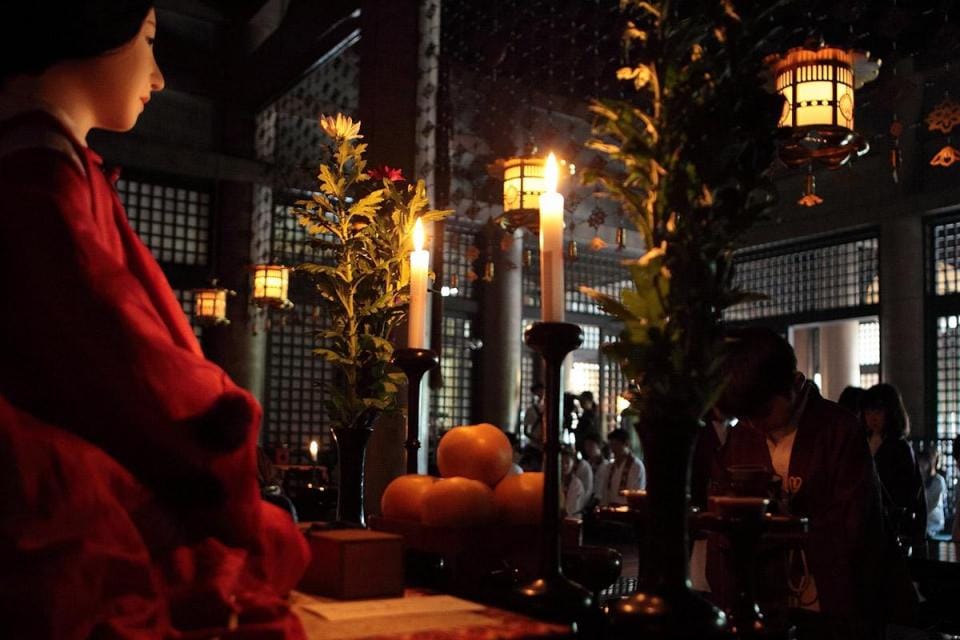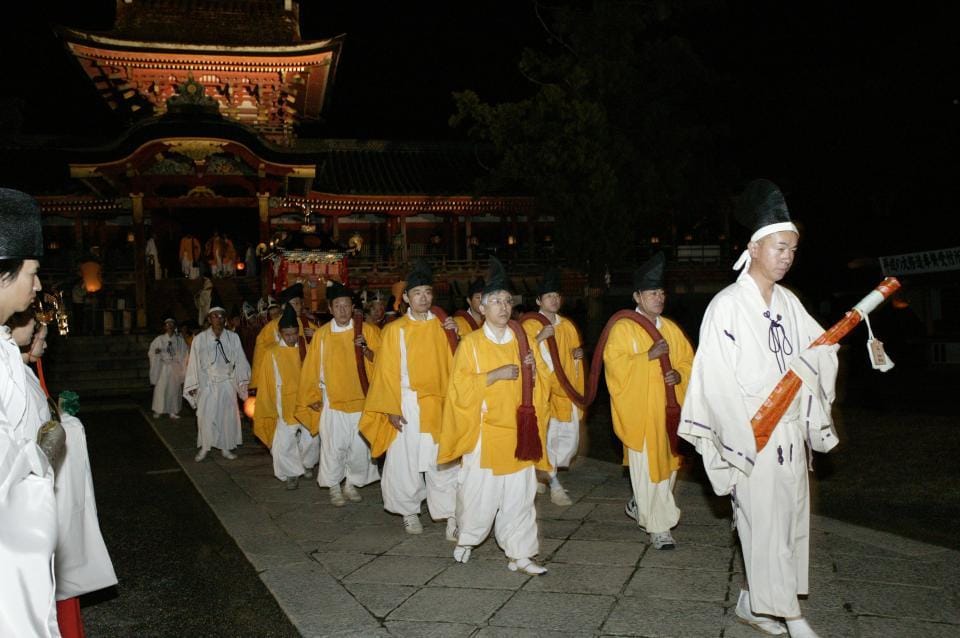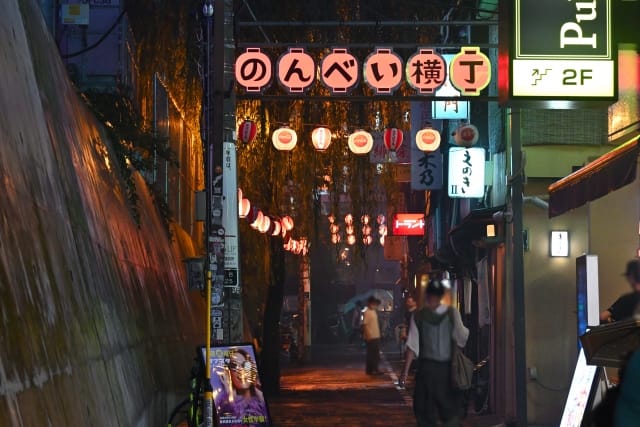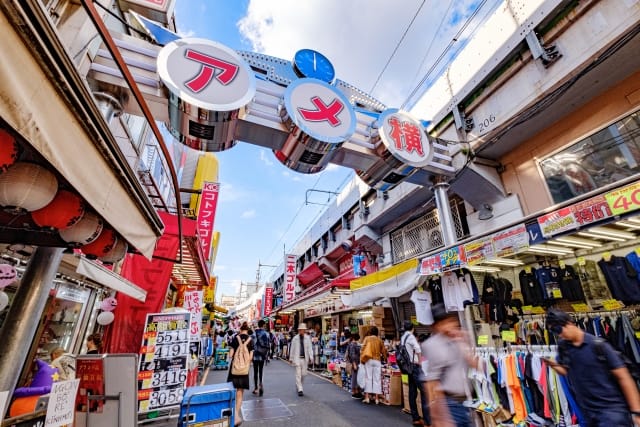Kyoto: Events & Festivals in September 2024
Kyoto, a city steeped in history and seasonal beauty, captivates many with its refined culture, attracting tourists from both Japan and abroad. Even those who have never visited Kyoto may have heard of iconic elements like Maiko (apprentice geisha) or Kinkakuji (Golden Pavilion).
Having served as Japan's capital for over 1,000 years from 794 to 1868, Kyoto boasts countless temples, shrines, and historical structures. The culture that developed during this period remains deeply rooted, creating the distinctive essence of Kyoto.
Throughout the year, Kyoto hosts various festivals and events. From historical celebrations at shrines and temples to nighttime illuminations that enhance evening strolls, the offerings are diverse.
In this article, we'll introduce festivals that allow you to experience Kyoto's traditional culture. We encourage you to visit and immerse yourself in the elegant Japanese culture unique to Kyoto.
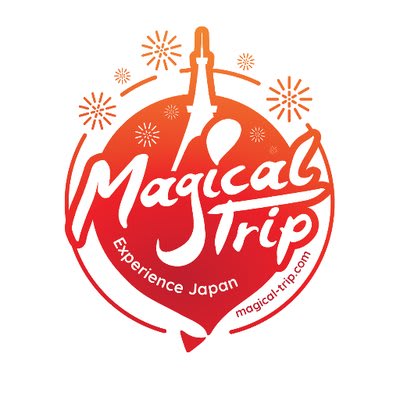
If you are interested in Summer in Kyoto, check the article below! I summarized how and where you can enjoy Summer in Kyoto as much as possible.
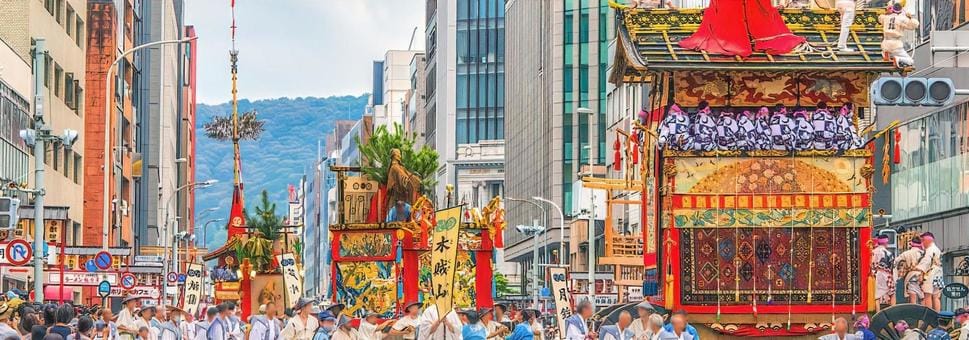
Events in September 2024
Seimei Festival (Seimeisai)
The Seimei Festival is an autumn celebration held at Seimei Shrine, dedicated to Abe no Seimei, a figure shrouded in mystical legends in Japan. This festival, the most important ritual at the shrine, takes place annually on the autumnal equinox and its eve.
On the eve of the equinox, a ritual called "Yudate Kagura" is performed, where boiling water from a cauldron before the shrine is sprinkled to pray for people's health and well-being. Afterward, local children parade with traditional lanterns (chochin).
The main ritual on the equinox day draws many participants, with food stalls lining the shrine grounds, creating a lively atmosphere. In the afternoon, three mikoshi (portable shrines) carrying deities parade through Kyoto's streets. The procession is accompanied by a youth drum and fife band and children in unique, beautiful costumes, making it a splendid and grand spectacle.
The powerful Seimei Festival is one of my favorite celebrations, offering a full experience of Japanese and Kyoto essence.
Date: September 21 (Sat) from 7 PM, September 22 (Sun) from 10 AM, 2024
Location: Seimei Shrine, 806 Seimei-cho, Kamigyo-ku, Kyoto
Admission: Free for viewing, 1000 yen to participate in Yudate Kagura
More details
Hassaku Festival (Hassakumatsuri)
The Hassaku Festival at Matsuo Taisha is Kyoto's last summer festival, attracting many visitors each year.
Hassaku refers to the first day of the eighth month in the old lunar calendar. The festival originated as a prayer for mild weather and good harvests, as crops often suffered from bad weather and pests during this time. Today, it's held on the first Sunday of September and the day before. Various events take place, including Bon Odori (traditional dance) and Wadaiko (Japanese drum) performances.
Two highlights of the Kyoto event & festival September 2024 are the "Baby Sumo Ring Entering" (Akachan Dohyoiri) and the "Women's Mikoshi" (Onna Mikoshi). In the Baby Sumo event, adult sumo wrestlers hold babies and perform shiko (sumo stomps). Then, the babies are placed on the dohyo (sumo ring) to pray for their healthy growth.
The Women's Mikoshi, where women carry a portable shrine for several kilometers, is another unique feature of this festival.
Date: August 31 (Sat) - September 1 (Sun), 2024
Location: Matsuo Taisha, 3 Arashiyama Miyamachi, Nishikyo-ku, Kyoto
Admission: Free
More details
Early Autumn Melodies: Hagi Festival (Hagimatsuri)
source:Official website
The Hagi Festival at Nashinoki Shrine, famous for its bush clover (hagi), a plant representing Japanese autumn, heralds the arrival of fall in Kyoto. The shrine grounds are planted with 500 hagi bushes, which bloom beautifully during the festival.
Japan has a unique form of traditional poetry called waka. Seasonal landscapes and plants are often used as subjects in waka, and hagi appears most frequently among the plants mentioned in the Manyoshu, the oldest existing collection of Japanese poetry. This indicates that hagi has long been deeply connected to Japanese people, not only for appreciation but also as food and medicine.
During the Hagi Festival, haiku and tanka (types of waka) composed by the general public are hung on the hagi bushes in the shrine grounds. Visitors can enjoy the tranquil Kyoto atmosphere of appreciating seasonal flowers and composing poetry.
Traditional events such as archery, dance performances, and tea ceremonies are also held, all of which are beautifully executed and worth seeing.
Date: September 21-23, 2024
Location: Nashinoki Shrine
Admission: Free (Tea ceremony participation: 1000 yen, or 2000 yen with a hagi-patterned plate)
More details
Moon Viewing (Kangetsu)
Moon viewing, or Kangetsu, is a cultural practice that has continued for over 1,200 years. In Japan, the 15th day of the 8th month in the old lunar calendar, known as Jugoya, is considered the time when the air is clearest and the moon appears most beautiful. On this day, people would compose waka and hold banquets to enjoy the beautiful mid-autumn moon.
In addition to looking up at the sky, people also enjoyed viewing the moon's reflection in ponds from boats or drinking sake from cups reflecting the moon.
Even today, not just in Kyoto but throughout Japan, people celebrate Otsukimi (moon viewing) by decorating with pampas grass (susuki) and making traditional sweets like dango to enjoy the beautiful autumn moon.
Kamigamo Shrine Kamo Moon Viewing Festival
At Kamigamo Shrine, a World Heritage site, the Kamo Moon Viewing Festival is held annually.
First, a Shinto ritual is performed at the Babaden in the shrine's grassy area. The ceremony conducted by the chief priest (guji) and shrine maidens (miko) is sacred, solemn, and ethereal.
After the ritual, kagura (Shinto music and dance) and taiko drum performances are offered. Kagura is performed to welcome and celebrate the deities. The music played on traditional Japanese instruments like wagon (Japanese harp), Yamato-bue (Japanese flute), and hyoshi (percussion) produces beautiful sounds that truly symbolize elegance.
After the ceremony, tsukimi dango (moon-viewing rice dumplings) and nigori-sake (cloudy sake) are distributed for free.
You can enjoy a special Jugoya night with the beautiful moon, sacred music, delicious dango, and sake.
Date: September 17 (Tue), 2024, 5 PM to 8 PM
Location: Kamigamo Shrine (Kamo-wake-ikazuchi Shrine), 339 Kamigamo Motoyama, Kita-ku, Kyoto
Admission: Free (Numbered tickets distributed before the ceremony are required to receive tsukimi dango)
More details
Yasaka Shrine Gion Shrine Moon Viewing Festival
source:THE KYOTO
Yasaka Shrine, also affectionately called "Gion-san" by Kyoto locals, has a long history predating Kyoto's establishment as the capital in 794. It is revered as a deity that protects people from all calamities, with numerous gods enshrined within its grounds.
The festival begins around 7 PM in the shrine grounds. Waka poetry recitations and traditional Japanese performances such as gagaku (ancient court music), bugaku (court dance), and koto (Japanese zither) are presented on the Buden stage. These performances using ancient instruments allow visitors to enjoy the beautiful moon in the clear sky while listening to soothing music.
The pampas grass decorating the Buden can be taken home after the artistic offerings. It's recommended as a memento of the moon-viewing experience.
Date: September 17 (Tue), 2024, from 7 PM
Location: Yasaka Shrine, 625 Gionmachi Kitagawa, Higashiyama-ku, Kyoto
Admission: Free
More details
Former Imperial Villa Daikaku-ji Temple Moon Viewing Evening
Osawa Pond at Daikaku-ji Temple is one of Japan's three great moon-viewing spots. During the "Moon Viewing Evening" event, visitors can elegantly appreciate two moons - one in the sky and its reflection in the calm water surface - from boats floating on Osawa Pond.
This tradition dates back over 1,200 years when Emperor Saga enjoyed viewing the beautiful mid-autumn full moon (Chushu no meigetsu) from boats on Osawa Pond with cultural figures and nobles. This custom has continued to the present day.
Two special boats are used on the pond: the Ryutou no fune (Dragon-head boat) with a dragon head on its bow, and the Gekishu no fune (Geki-bird boat) with the shape of an imaginary bird called geki. These two boats are used as a pair.
Why not experience this luxurious ancient Japanese custom of enjoying the beautiful moon along with these special boats once used by emperors and nobles?
Date: September 15-17, 2024, 5:30 PM to 9 PM
Location: Daikaku-ji Temple, 4 Osawa-cho, Ukyo-ku, Kyoto
Admission: Adults 500 yen, Elementary/Junior High/High School students 300 yen
(Separate fee required even if daytime admission was paid)
More details
Note: Tickets for boat rides on Osawa Pond and moon-viewing seats are sold out.
Same-day cancellation tickets will be distributed from 5:30 PM each day.
If there are cancellations, tickets may be purchased for 5000 yen.
Yoshitsune Festival (Yoshitsunesai)
The Yoshitsune Festival, held annually at Kurama-dera Temple, commemorates Minamoto no Yoshitsune, a warrior known for his overwhelming strength.
Yoshitsune is said to have trained on Mount Kurama in Kyoto during his childhood. Known as Ushiwakamaru in his youth, legend has it that he devoted himself to Buddhist training at Kurama-dera during the day and learned martial arts from tengu (mythical creatures believed to have spiritual powers) in the mountains at night.
The northern part of Kyoto flourished around this temple, and the area is filled with historic charm, including shops with over 100 years of history. Many shops feature motifs of Ushiwakamaru and tengu.
At this festival celebrating Yoshitsune, not only dance but also martial arts (bujutsu) are offered, befitting a warrior's tribute. The opportunity to see traditional Japanese martial arts is a unique feature and highlight of this festival.
Date: September 15, 2024
Location: Kurama-dera Temple, 1074 Kurama Honmachi, Sakyo-ku, Kyoto
Admission: Free
More details
Imperial Festival: Iwashimizu Festival (Chokusai Iwashimizusai)
A Chokusai is a shrine festival conducted by an imperial messenger (chokushi) dispatched directly by the emperor. The Iwashimizu Festival at Iwashimizu Hachimangu Shrine is the most important among over 100 annual festivals held at the shrine.
The fact that Chokusai are conducted at only 16 out of 80,000 shrines nationwide underscores the significance of this festival.
Unlike many festivals that start in the afternoon or evening, the Iwashimizu Festival begins with a ceremony on the mountaintop at 2 AM. Around 3 AM, three mikoshi, accompanied by a procession of about 500 shinzin (shrine attendants), descend to the foot of the mountain guided only by torches and lanterns.
The ceremony, performed quietly as the sky brightens in the early morning, possesses a serenity and sacredness not felt in other festivals.
Date: September 15, 2024, from 2 AM
Location: Iwashimizu Hachimangu Shrine, 30 Yawata Takabo, Yawata City, Kyoto Prefecture
Admission: 5000 yen
More details
Double Yang Festival (Choyosai)
source: Official website
Japan has a calendar called "Sekku" based on the Chinese concept of Yin-Yang and the Five Elements. Each Sekku has specific offerings and customs for warding off evil spirits.
The Choyo Festival held at Kurumazaki Shrine celebrates one of the five Sekku, the Chrysanthemum Festival. Chrysanthemum flowers are offered, and beautiful bugaku dances are performed in this elegant festival. Prayers are made for beauty enhancement and health improvement. During the ceremony, gagaku, a form of classical Japanese music, is played, creating an atmosphere of refinement.
After the ceremony, chrysanthemum sake (kikuzake) is served free to worshippers and spectators. This sake, with chrysanthemum petals floating in it, is believed to ward off evil spirits and promote longevity.
Date: September 9, 2024, from 1 PM
Location: Kurumazaki Shrine, 23 Saga Asahicho, Ukyo-ku, Kyoto
Admission: Free
More details
Toyokuni Shrine Annual Festival and Tea Offering Ceremony
source:THE KYOTO
At Toyokuni Shrine, which enshrines Toyotomi Hideyoshi, the warlord who once unified Japan, an annual festival (Reisai) is held on Hideyoshi's death anniversary, followed by a tea offering ceremony (Kenchosai) the next day.
While the festival itself is noteworthy, the numerous historically significant artifacts at Toyokuni Shrine are equally impressive. The National Treasure Karamon Gate stands at the shrine's entrance. Important Cultural Property paintings such as folding screens and Important Cultural Property crafts like iron lanterns make this a shrine of great historical value.
The annual festival is not open to the general public. However, a donation box (saisenbox) is placed under the Karamon Gate, from where visitors can observe the bugaku performance.
During the tea offering ceremony, iemoto (heads of tea ceremony schools) offer two types of tea prepared according to traditional Japanese tea ceremony (sado) practices.
Date: September 18 (Wed) from 11 AM, September 19 (Thu) from 10:30 AM, 2024
Location: Toyokuni Shrine, 530 Chaya-cho, Higashiyama-ku, Kyoto
Admission: Shrine grounds free, Treasure Hall 500 yen
Tips for Properly Enjoying Kyoto's Culture and Events:
With the increase in tourists, Kyoto has been working to reduce etiquette violations arising from differences in lifestyle and culture.
Efforts include using stickers illustrating the correct use of toilets in Japan and producing videos to promote proper manners when walking around the city. The entire city is making efforts to keep Kyoto beautiful and ensure that foreign tourists from various countries can all enjoy their stay comfortably.
The festivals introduced here are not just lively and fun events but also sacred and important ceremonies at shrines and temples. Each ritual in a festival holds significant meaning, so it's crucial to be even more mindful of proper etiquette.
Knowing the manners to observe beforehand will allow you to enjoy Kyoto and its festivals without worry.
If you are interested in Temples & Shrines, check the article below! I summarized Temples & Shrines I recommend and how I felt each Temples & Shrines.

